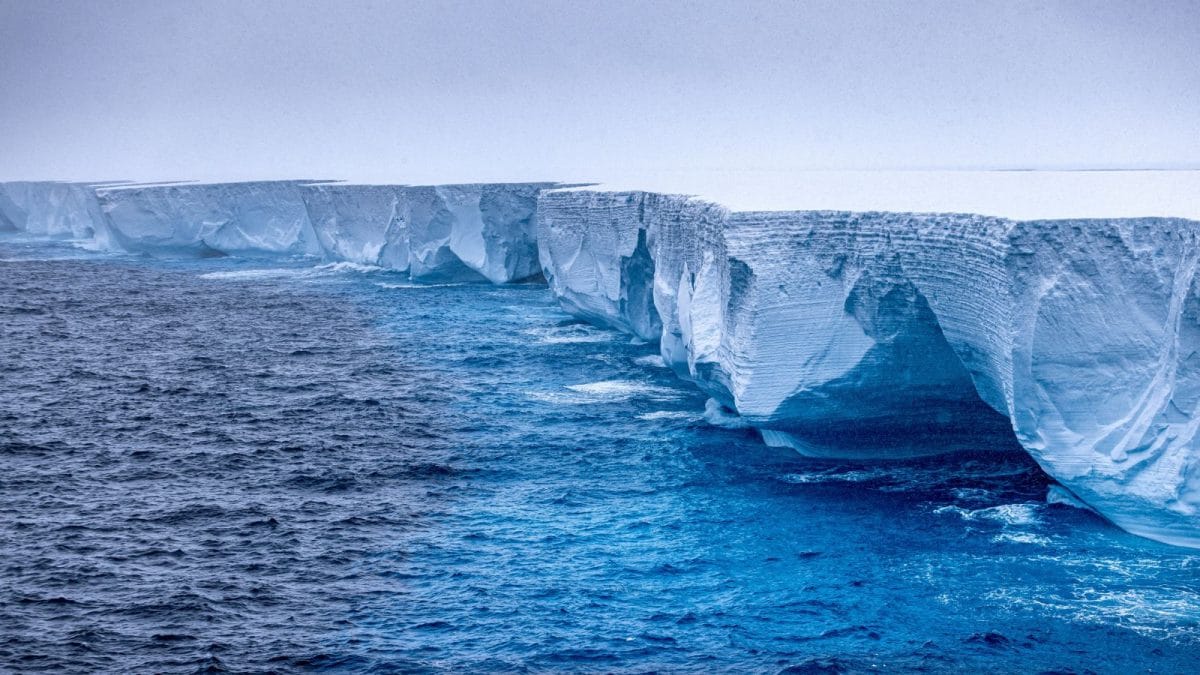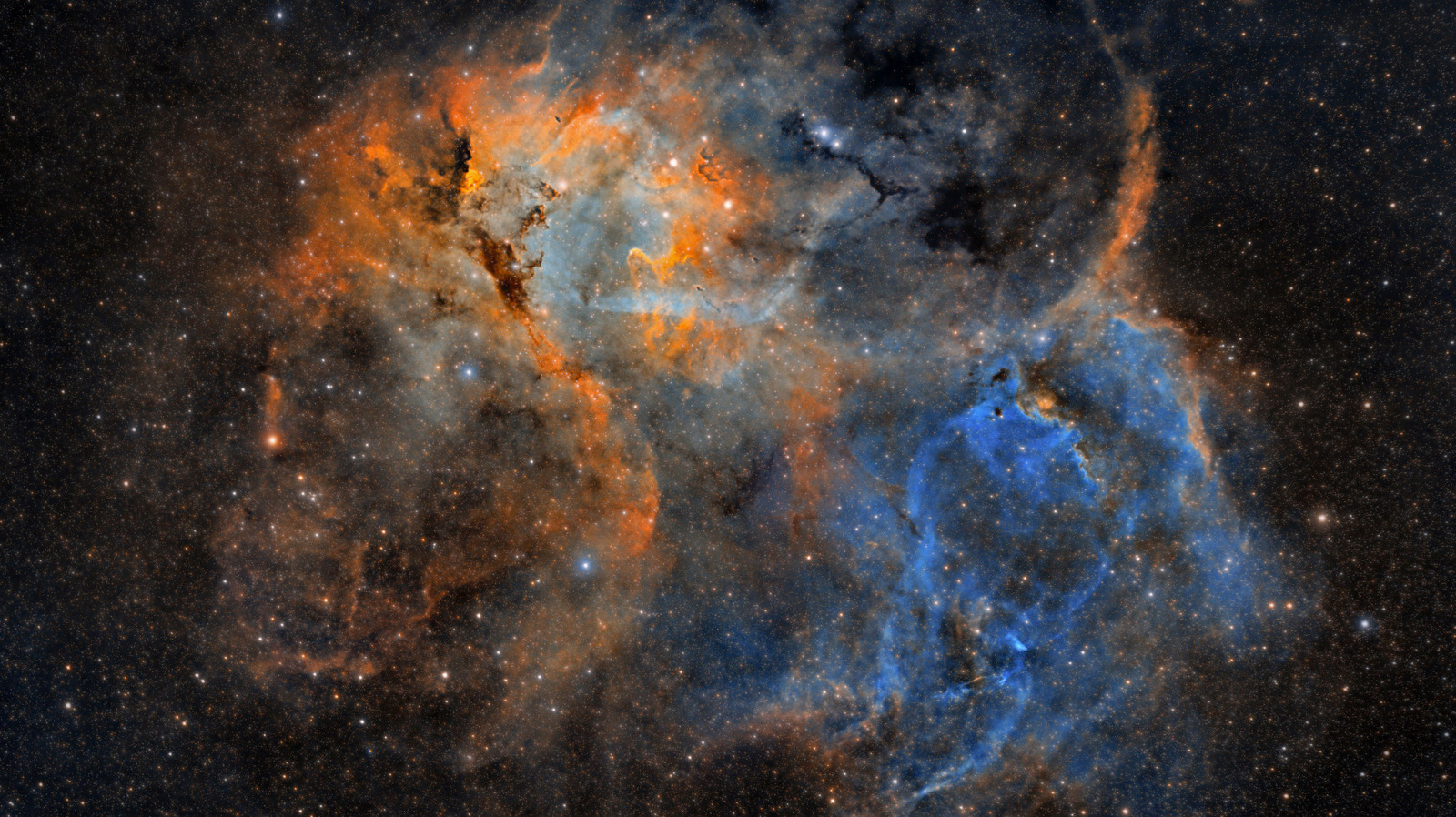Mysterious Radio Waves Detected Beneath Antarctic Ice Leave Scientists Baffled

In a remarkable turn of events within the scientific community, a team of researchers from the United States has uncovered a puzzling mystery deep beneath the icy expanse of Antarctica. While conducting experiments aimed at detecting elusive particles known as neutrinos, the scientists detected unexpected radio signals emanating from beneath the ice. This discovery was made possible through the Antarctic Impulsive Transient Antenna (ANITA), a sophisticated high-altitude balloon experiment specifically designed to probe cosmic phenomena.
According to Dr. Stephanie Wissel, a physics professor from Penn State University, the radio waves were detected at unusually steep angles—approximately 30 degrees below the surface of the ice. This observation raised several questions, as it was believed that these radio waves would need to penetrate thousands of kilometers of rock, an environment where such signals typically would be absorbed.
Wissel elaborated on the complexities of their findings, stating, “The waves would have had to go through thousands of kilometers of rock and would have been absorbed into the rocks.” Her team’s primary focus was the detection of neutrinos, which are nearly massless particles generated by distant cosmic events and are known for their extremely low interaction rates with matter. This kind of research offers insights into the universe, as neutrinos can be traced back to significant astrophysical events.
“So, this is the double-edged sword problem,” Wissel explained further. “If we detect them, it means they have traveled all this way without interacting with anything else. We could be detecting a neutrino coming from the edge of the observable universe.” However, the challenge arose when the team compared the newly detected signals against established neutrino patterns from previous experiments, and the results did not align, leaving them even more perplexed.
While some scientists are speculating that the radio waves could be linked to dark matter, Wissel remains cautious, stating, “My guess is that some interesting radio propagation effects occur near ice and also near the horizon that I don’t fully understand.” For now, the source of these mysterious radio waves remains unknown, buried beneath the frigid Antarctic ice, prompting both excitement and intrigue in the scientific community as they strive to unravel this enigma.



















